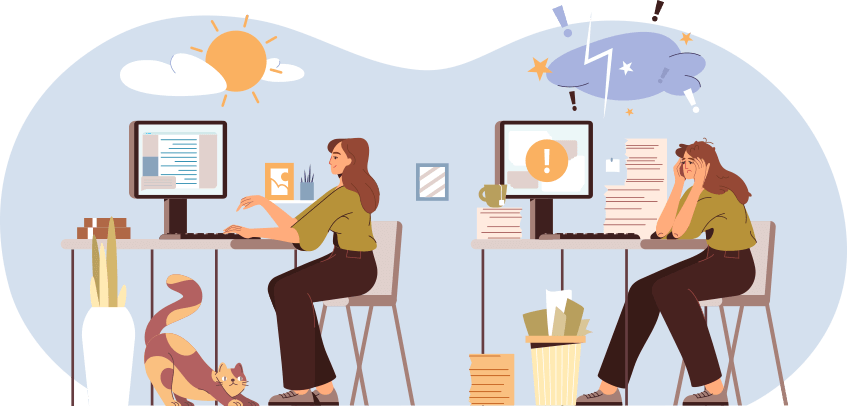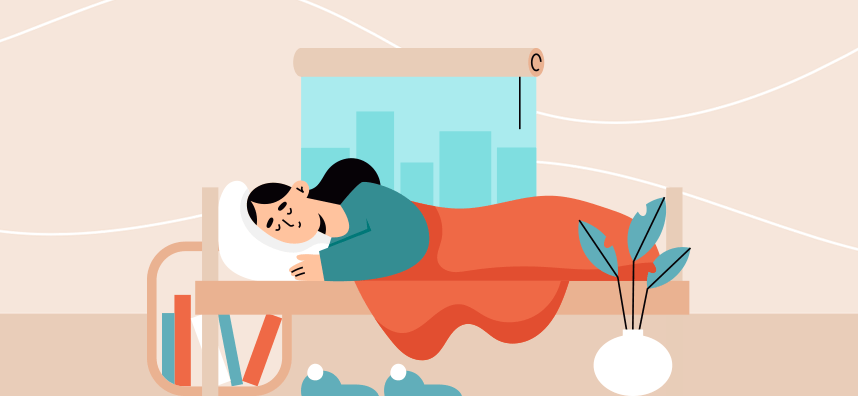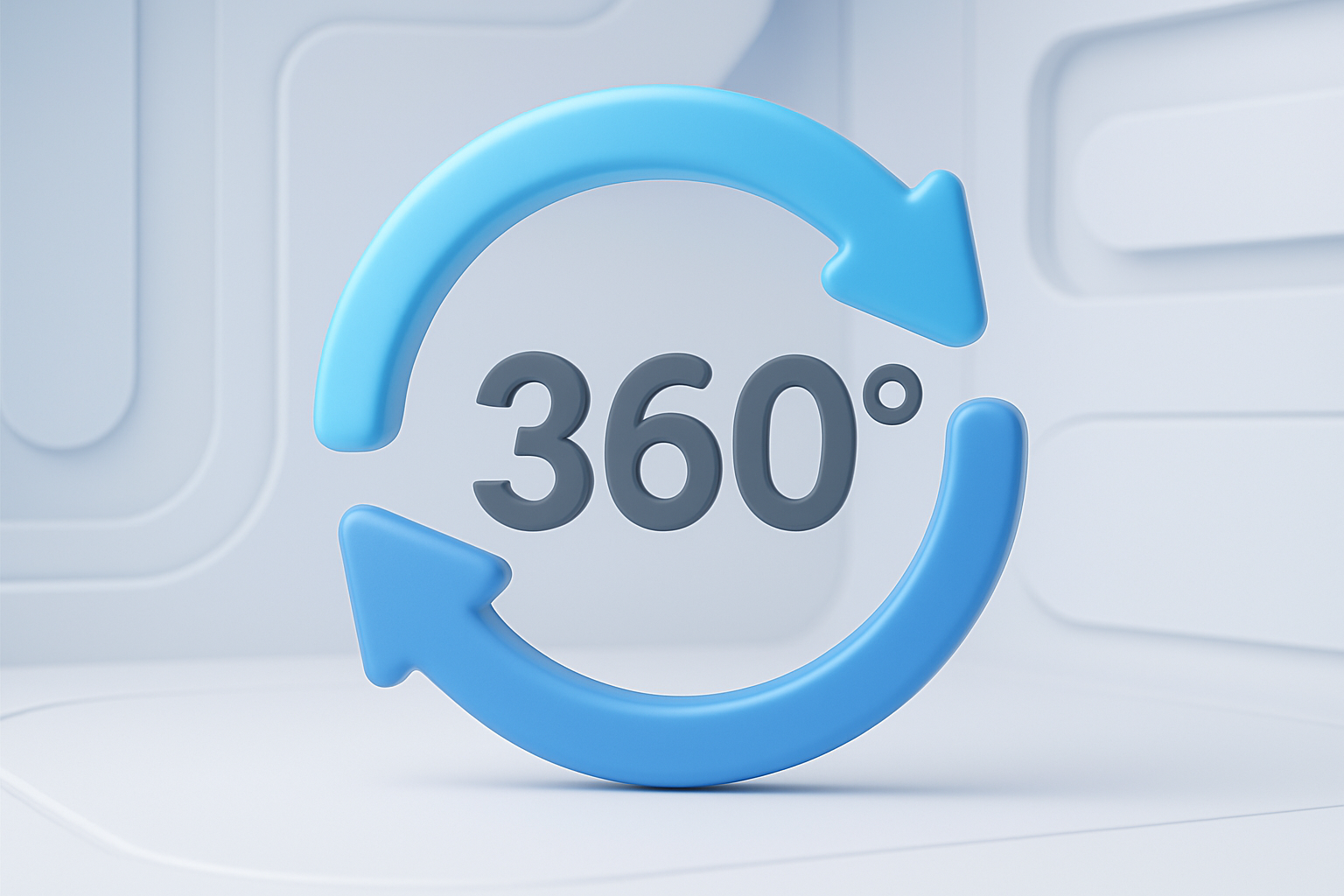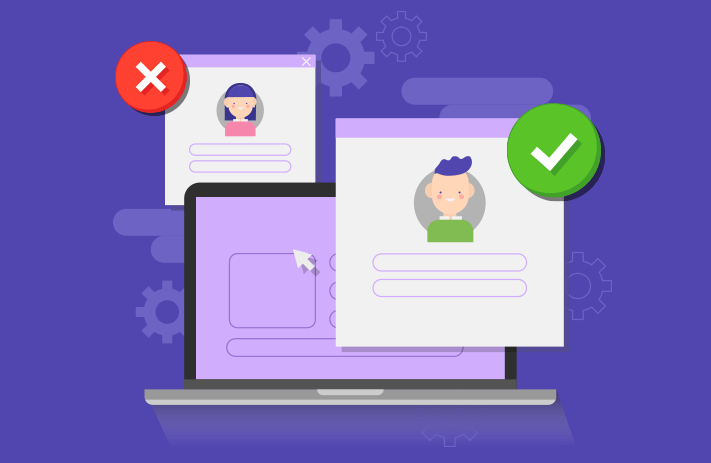
Click the button to start reading
4 Steps to Achieve Peak Performance at Work
“Unless your talent and skills absolutely dwarf those of your competition, the deep workers among them will outproduce you.”— Cal Newport.
Many mistakenly believe that talent is crucial when it comes to achieving peak performance. Not to say that it’s useless, but no amount of talent and skill will help you perform well if you don’t have the right mindset and work ethic.
Many of us reach peak performance once in a while by accident—the circumstances just align, helping us enter a powerful yet short-lived flow state. The critical question for most of us is, “how do I stay highly productive at all times?”.
Fortunately, we have an answer to that. In this post, we’ll explore the intricacies of entering the flow state and look into what you should do to sustain peak productivity.
Let’s dive right in.
But just what exactly is peak performance?
Peak performance is a state in which someone executes a task with maximum skill, while also showing an extremely high level of concentration. As a result, this leads to exceptional output of high quality. Even better, people can enter these states for longer timeframes and do so on a regular basis. Here’s how you can achieve this:

1. Managing attention and focus
A crucial part of peak performance is focus. Concentrating for extended periods of time can be demanding, but it’s definitely something you can cultivate. There are plenty of ways you can go by doing this:
Let’s start by taking a quick look at a few practical things to help you sustain productive focus for longer:
- Eliminate all distractions from your workplace. Very often, we don’t even notice how our attention shifts from what we’re doing to other, less important things like phone notifications. Practice minimalism when it comes to your workstation.
- Keep your workplace clean and tidy. A cleaner table will help you concentrate for longer.
- Consider investing in a comfortable chair. Many of us tend to hunch our backs over our tables, resulting in undesirable posture, low oxygenation, and decreased focus.
Okay, so now that we’ve eliminated distractions from our surroundings, let’s take a quick look at the things we can do to sharpen our focus during work:
- Focus on one task and one task alone. Modern society tends to glorify multitasking for some weird reason—the truth is that there’s a whole body of research that suggests that switching between tasks harms your concentration, decreases IQ and makes you less efficient in the long run.
- Eliminate interruptions at all costs. There’s a bunch of free or inexpensive software that will allow you to temporarily block the apps or websites that you consider distractions. Bear in mind that you can do that on any OS, but it does involve messing around with code, so consider that before going that route. To many, this will appear as a very straightforward step, but rest assured that it will work wonders on your concentration and your performance as a result.
- Be mindful of Parkinson’s law. This law is usually expressed as “Work expands so as to fill the time available for its completion.” People typically execute tasks with the deadline in mind. For instance, if you’ve allotted three months to finish something—you most likely will. However, if you set the deadline for a month and a half, you’ll most likely deliver as well. It’s important to underline that Parkinson’s law shouldn’t be used to set unreasonable deadlines; instead, it should be applied to manage our time better.
- People often have mixed feelings about meditation, but the truth is that it works. There are very few activities in our day-to-day lives where we actually train our focus, rather than deteriorating it with mindless feed scrolling—and even a very modest meditation practice will work wonders on your ability to concentrate on tasks and avoid distractions. With meditation, you’ll be able to become much more efficient by only investing 10 minutes a day to practice.

2. Go with the flow
Once you’ve created an environment conducive to long-lasting concentration, you’re prepared to enter the so-called “flow” state. This state is typically known as “being in the zone”—it’s when you’re fully immersed in the task you’re working on. People often feel so concentrated on what they’re doing in this state that they reportedly lose track of time, and a few hours feel like 45 minutes.
So, how does one enter the “flow” state?
- The first and probably essential step is eliminating internal and external distractions to a minimum, which we’ve dealt with already. To remain focused for longer periods of time, we need to create an environment that will allow it.
- Understand your biological peak time. People are different. Our brains and bodies have adapted to our environment and lifestyles. As a result, some people are just more productive in the morning, others—in the afternoon, some feel like they’re most efficient in the evening. Carefully observe your energy levels throughout the day and identify the timeframe in which you are at your biological peak.
- Create the right amount of distraction. Many people believe that in order to focus, they need to work in a silent environment. While this does make sense on paper, this isn’t how our brains work. In fact, working in total silence will force our brains to point their attention to something. However, having a tiny bit of distraction in the form of cafe chatter or ambient music will help your attention remain grounded in what you’re doing.

- Is your task challenging enough? To enter the flow state, the thing you’re working on shouldn’t be too challenging or not challenging enough. The former will most likely overwhelm you, and the latter will probably bore you. Achieving flow state is all about working on an activity that will provide you with the right amount of challenge, just enough to keep your brain curious.
- Make sure that your task has a clear outcome. Very often, our productivity suffers from a lack of clarity in terms of what’s expected of us. Understanding what you need to achieve will prevent your mind from wandering and will ensure that you remain productive for a long time.
- Stay hydrated and caffeinated. Drinking water regularly is absolutely imperative when you’re looking to work for a long time since dehydration will often induce a sense of fatigue in people. Coffee is optional, kind of. Of course, if you’re very sensitive to caffeine, or you just don’t like it, there’s no good reason to force yourself to do it. However, if you drink coffee regularly, consider doing so strategically throughout the day. But have your last cup no later than 4-5 PM since it could potentially harm the quality of your sleep.

3. Don’t overdo it
Bear in mind that working at peak productivity is taxing. This is by no means a casual stroll in the park—it’s a full-blown workout, so expect to feel tired a little earlier than you normally would. This is why it’s important to take regular breaks.
Typical signs of fatigue are lack of concentration, the inability to finish basic tasks, making lots of small mistakes, and so forth. If you notice some of these symptoms throughout your high-performance days, don’t hesitate to take a short break. A good framework for this could be the Pomodoro technique—take a 5-minute break after 25 minutes of work, or take a 10-minute break after 50 minutes of work. But bear in mind that these are just suggestions. Do whatever feels right.
However, try to distinguish fatigue from lack of focus. Sometimes low productivity is the product of distraction and, in these situations, we need to just focus harder and keep grinding.
Another common side effect of deep work is excitement and agitation. I’ve experienced this on numerous occasions. Sometimes after a couple of hours of intense focus, you may feel a mix of excitement and slight anxiety—this is just your brain signaling that it needs a short break. However, it’s essential to remain mindful of these states and not express this irritability towards your colleagues and loved ones. Take a break. Even better, go for a short walk and celebrate your productive work.

4. Take good care of yourself
We often think of peak productivity as something we do during the time we’re productive, but there are plenty of things we need to take care of to be able to perform regularly. Getting enough sleep is a good example.
The quality of our sleep has a massive impact on pretty much every part of our bodies. Sleep is vital for the cardiovascular and immune systems. Aside from that, it provides our brains with the rest that they need, ensuring that we are able to learn new things, think clearly, and remain emotionally balanced.
Same goes for exercise and a healthy diet—while people can definitely be extremely productive without the two, it’s safe to say that incorporating them into your daily life will certainly help you achieve even more.
Emotional wellbeing is another essential factor. Invest time and effort into feeling content with your work. Consider implementing a daily self-check-in to achieve a sense of mindfulness in regards to how you feel, what you’d like to address on a particular day, and what you think is the most important task on your list today.
Another essential part of peak productivity is motivation. There’s very little you can actually achieve if you don’t really feel like it. This is precisely why we should occasionally look at the big picture and understand where our lives are headed and whether we’re happy with this direction.
Make a habit of asking yourself forward-looking questions into a habit. Ask yourself why you’re doing what it is you’re doing? Are the things you’re working on today a means to achieve your long-term goals?
And last but not least—learn to forgive yourself. Remember that you are but human. Sometimes we just happen to slip up here and there—and that’s totally fine. Sometimes, your day won’t be as productive as you intended it to be; it happens to everyone. Stop punishing yourself for the things you can’t control.
The bottom line
Above everything else, remember that sustaining peak performance at work doesn’t have to be a hit or miss gamble. Know your numbers and plot out the strategies for compounding improvements. Set measurable goals and get to work. This will give you direction, clarity, and progressive routines.
Embrace momentum to stay in the flow state longer than your peers or the last time you did. Then track your performance numbers and continue to beat your present record.
















